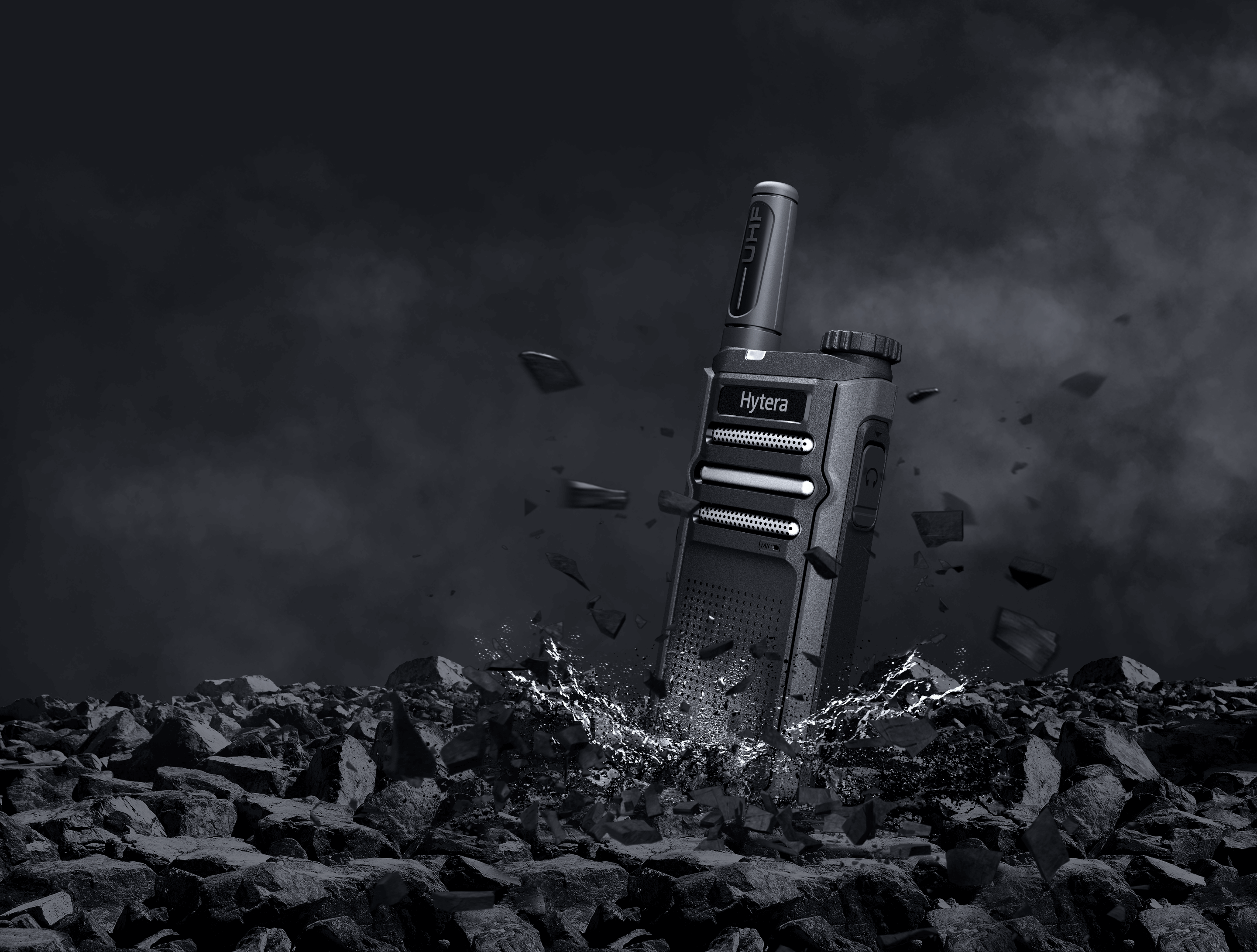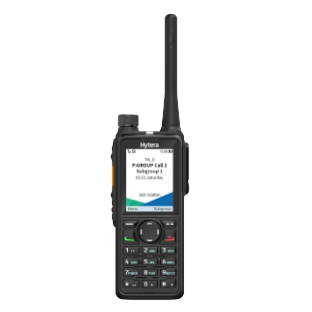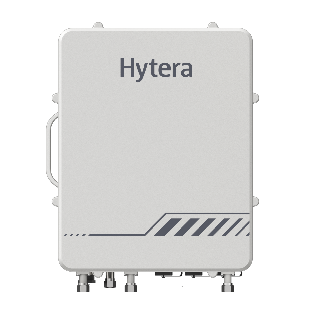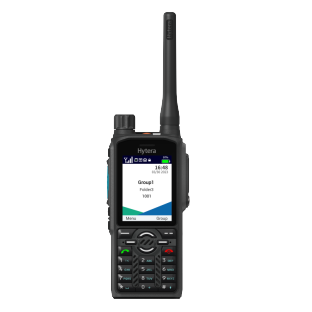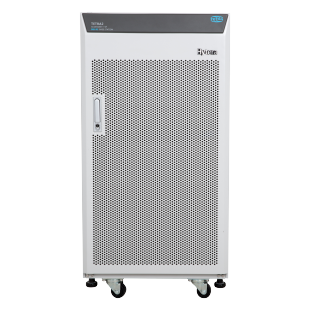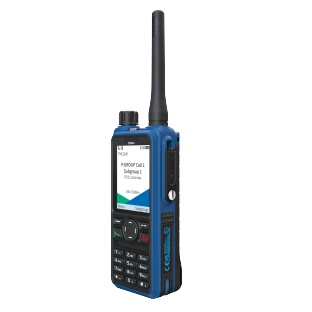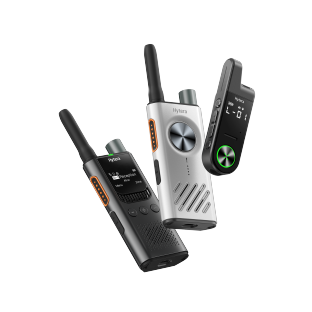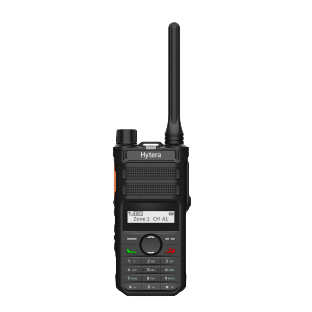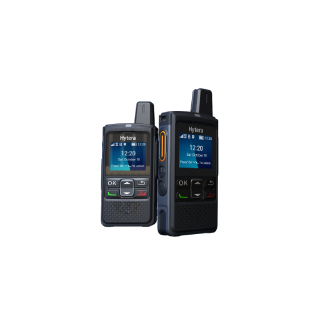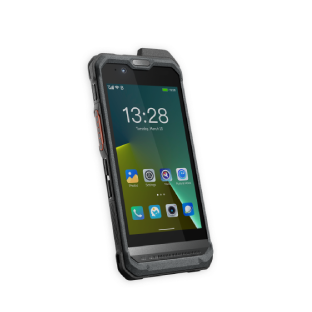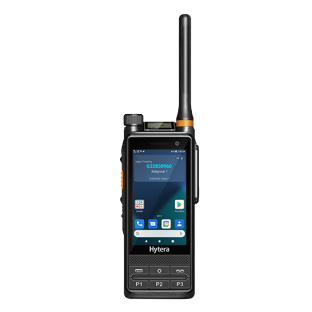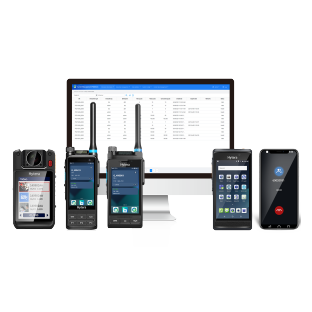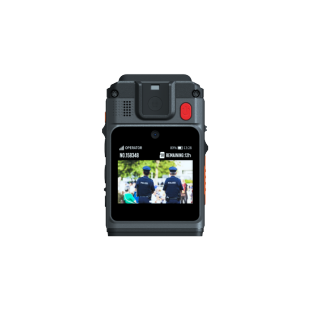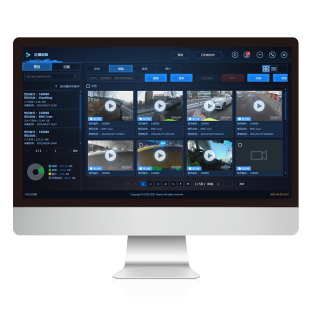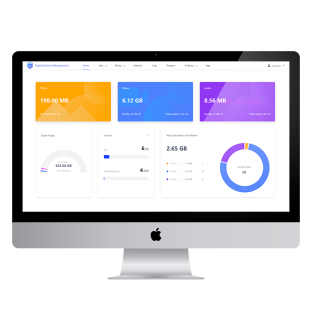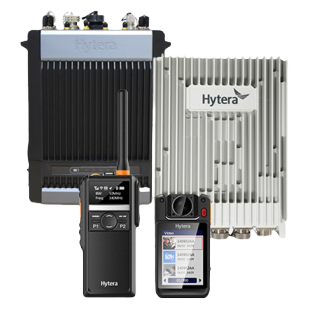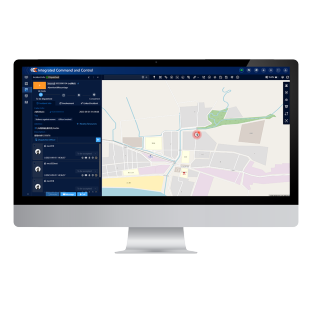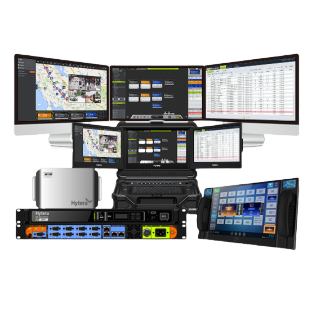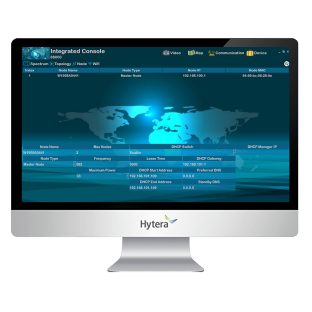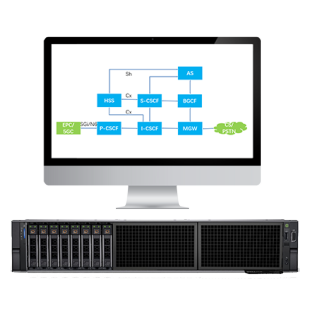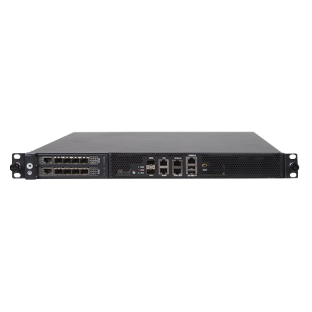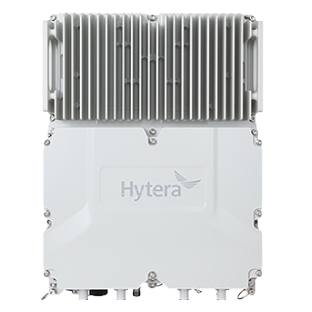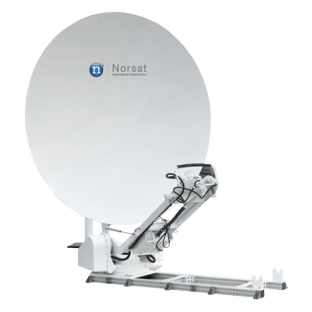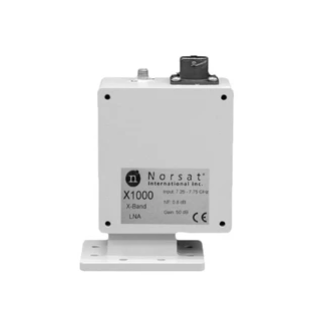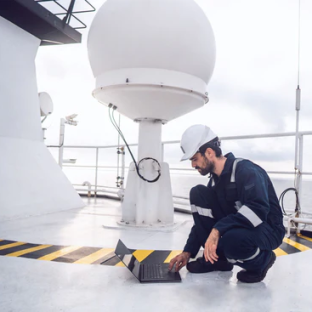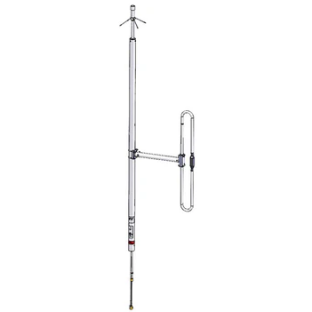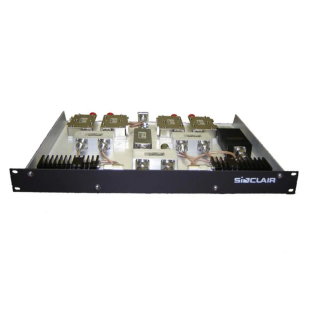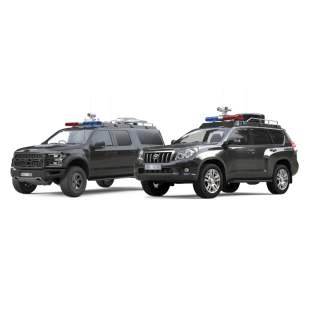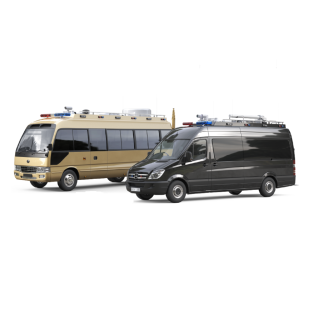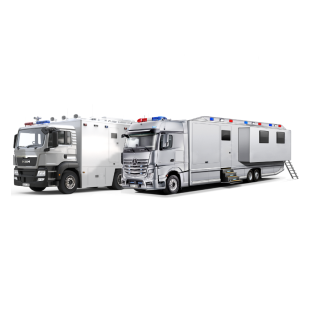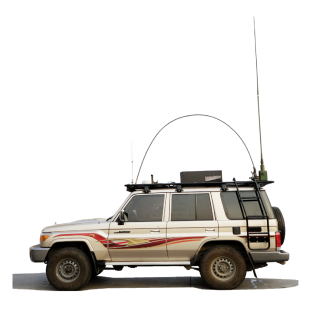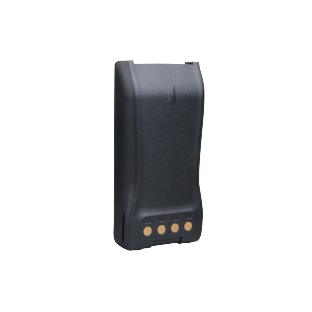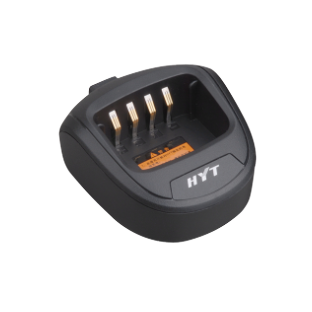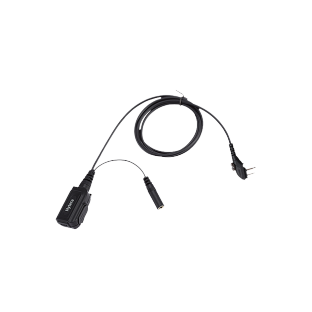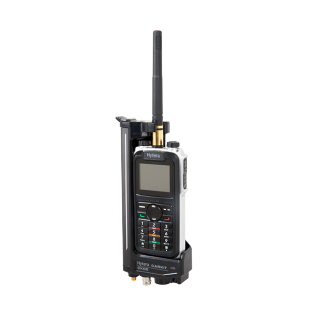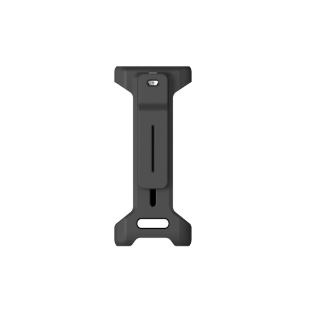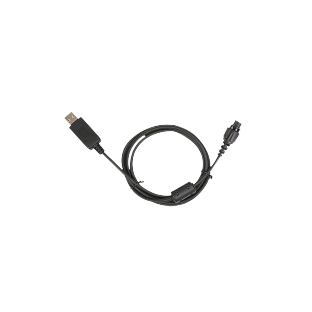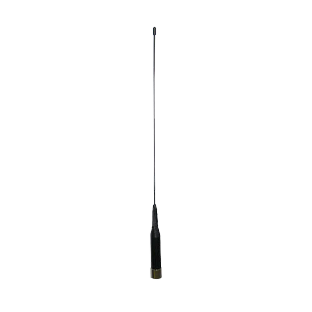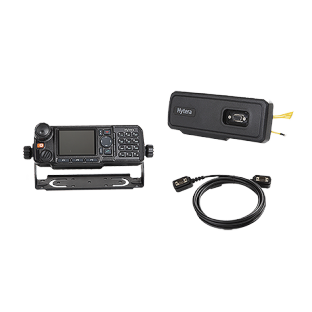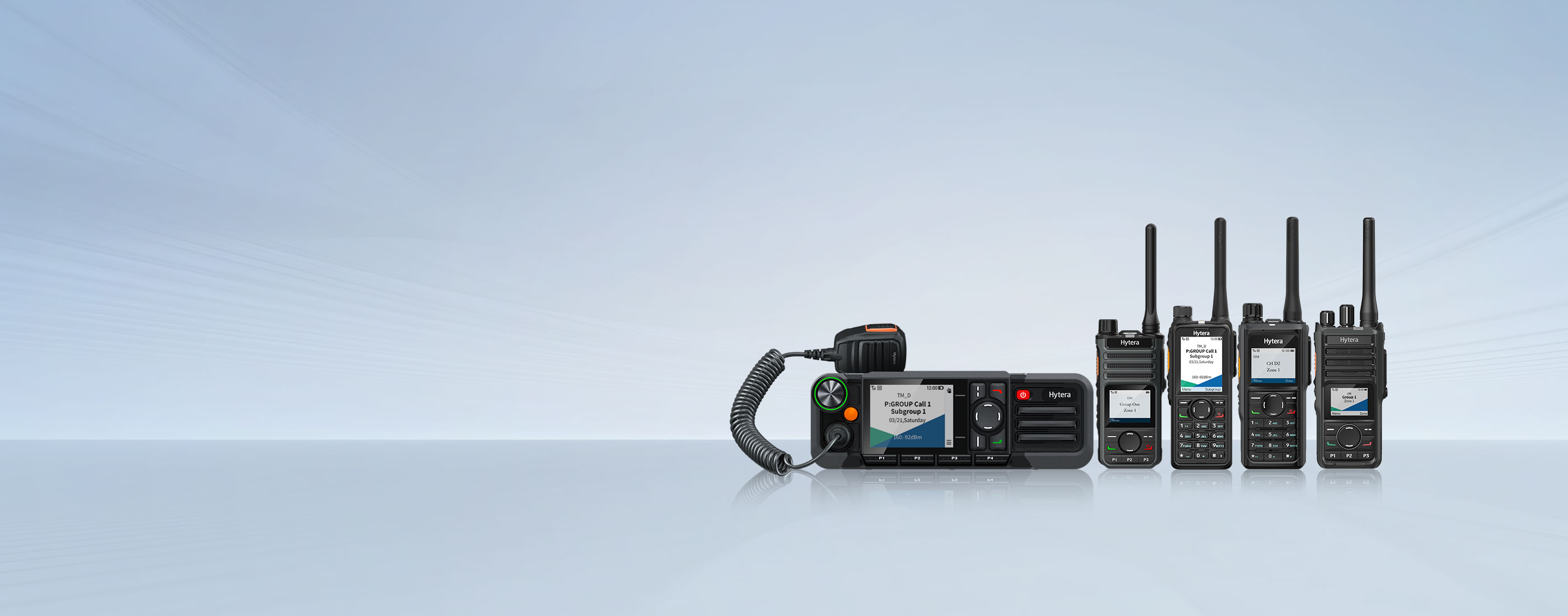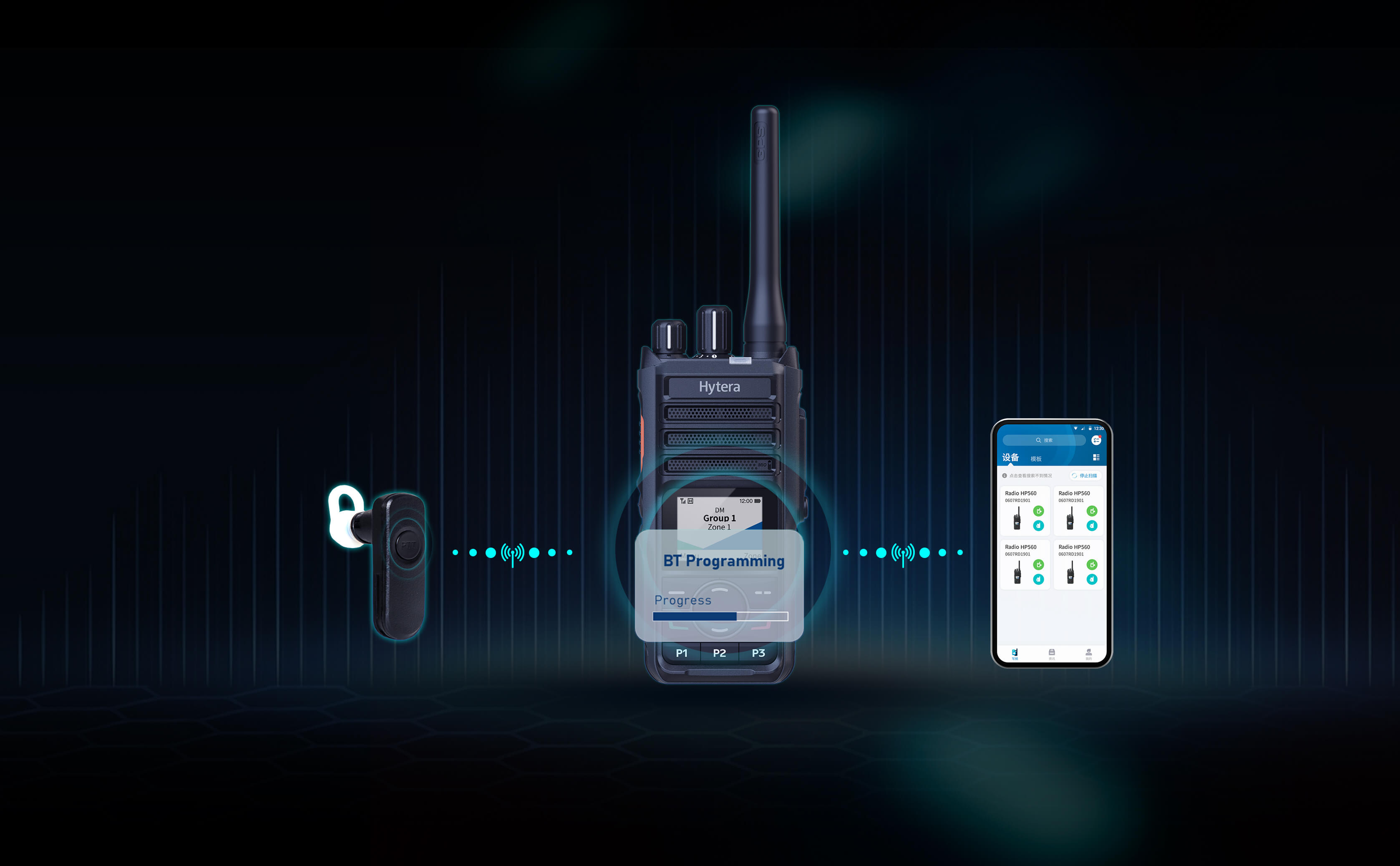Why DMR Radio?
Many users were previously using traditional analog radio systems, but more and more users are considering migrating to DMR radio systems. This is due to the choice of DMR radios for instant push-to-talk individual and group calling with radio identification, and it doubles the capacity of existing licensed radio channels and increases spectral efficiency through Time Division Multiple Access (TDMA). Its superior digital features enable clearer voice and longer communication distances. In addition, DMR's advanced features such as text messaging, GPS tracking, private calls, and encryption contribute to efficient and secure communication.

DMR Radio VS Analog Radio
-
Double the Call Capacity
In contrast to analog systems, which can only allow one user at a time to communicate on a channel, TDMA technology can support two users per channel.
-
Superior Voice Quality
Unlike analog systems that are susceptible to interference and background noise, TDMA provides clear and crisp audio quality, even in noisy environments.
-
Longer Battery Life
TDMA transmits information in short bursts, which conserves the radio's battery power, resulting in longer battery life.
-
Longer Range and Coverage
TDMA 12.5 MHz channel spacing allows for better frequency reuse, which increases the coverage area of the radio system. This capability is particularly useful in large-scale operations.
What is The Range of DMR Radio?
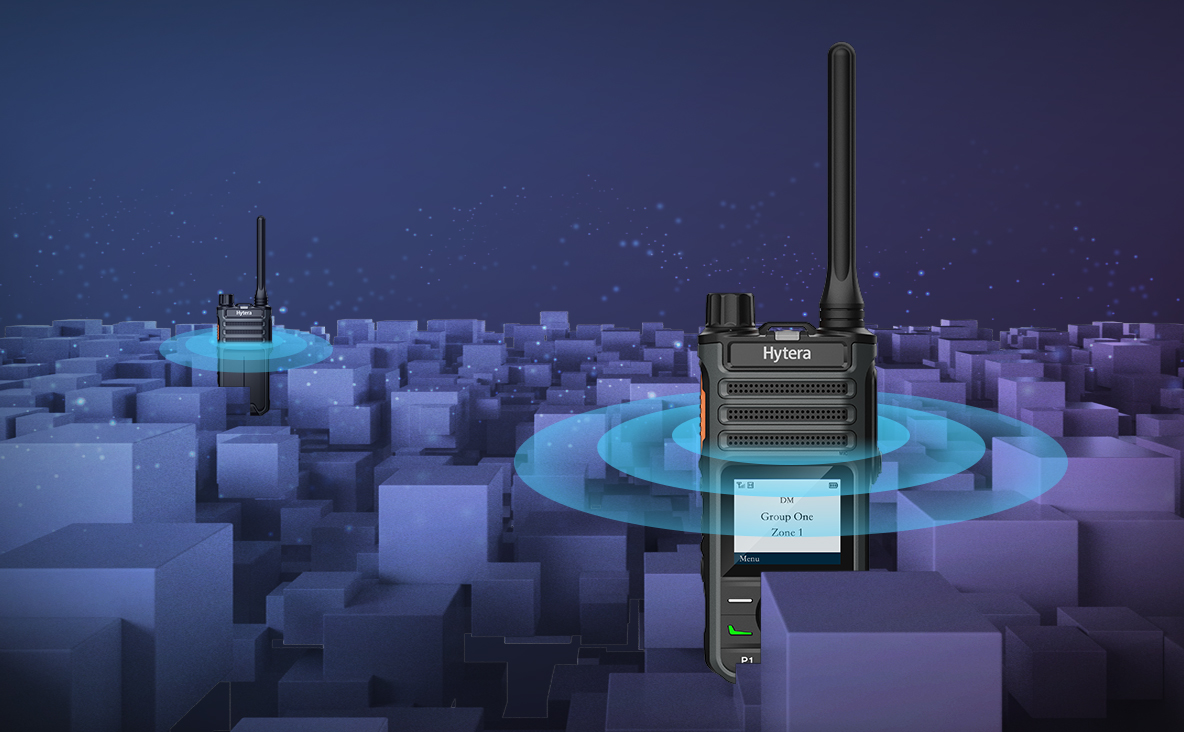
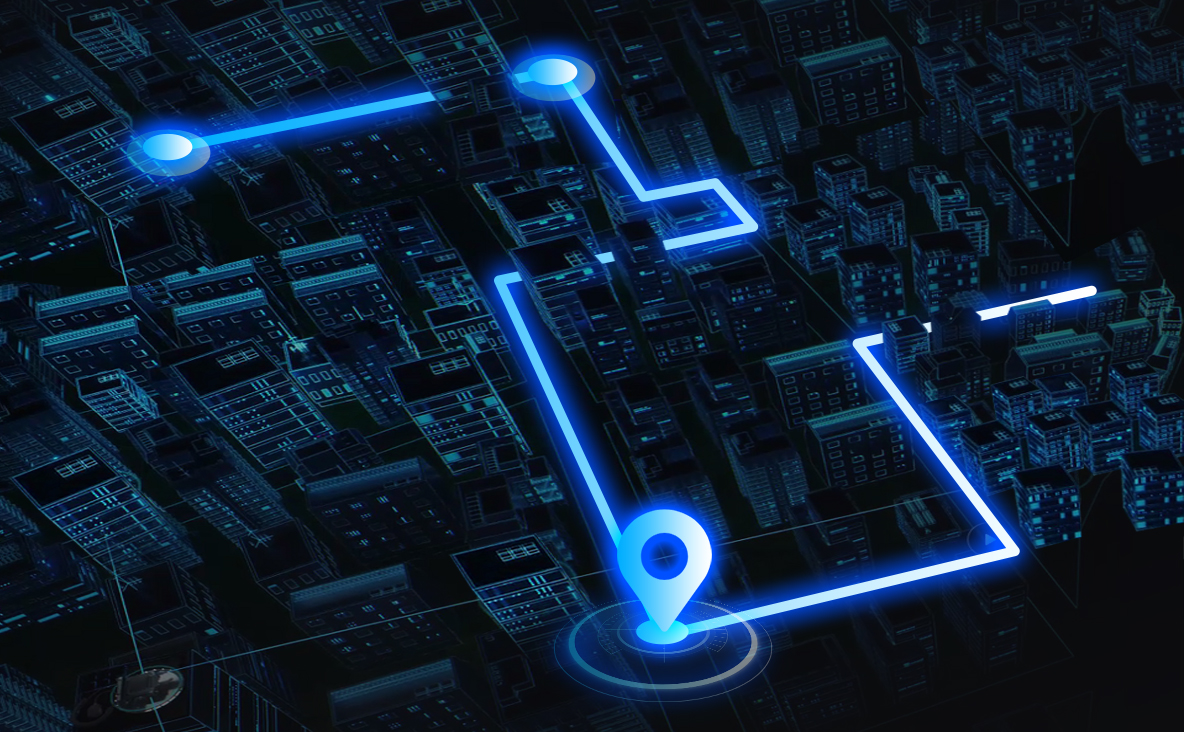
Do You Need a License for DMR Radio?
Yes, you may need a license to operate a DMR radio legally, especially if you are using it for commercial or business purposes. Licensing requirements vary from country to country, so it's essential to check with your local regulatory authority regarding the specific licensing requirements for DMR radio operations in your region.
Hytera DMR Radios
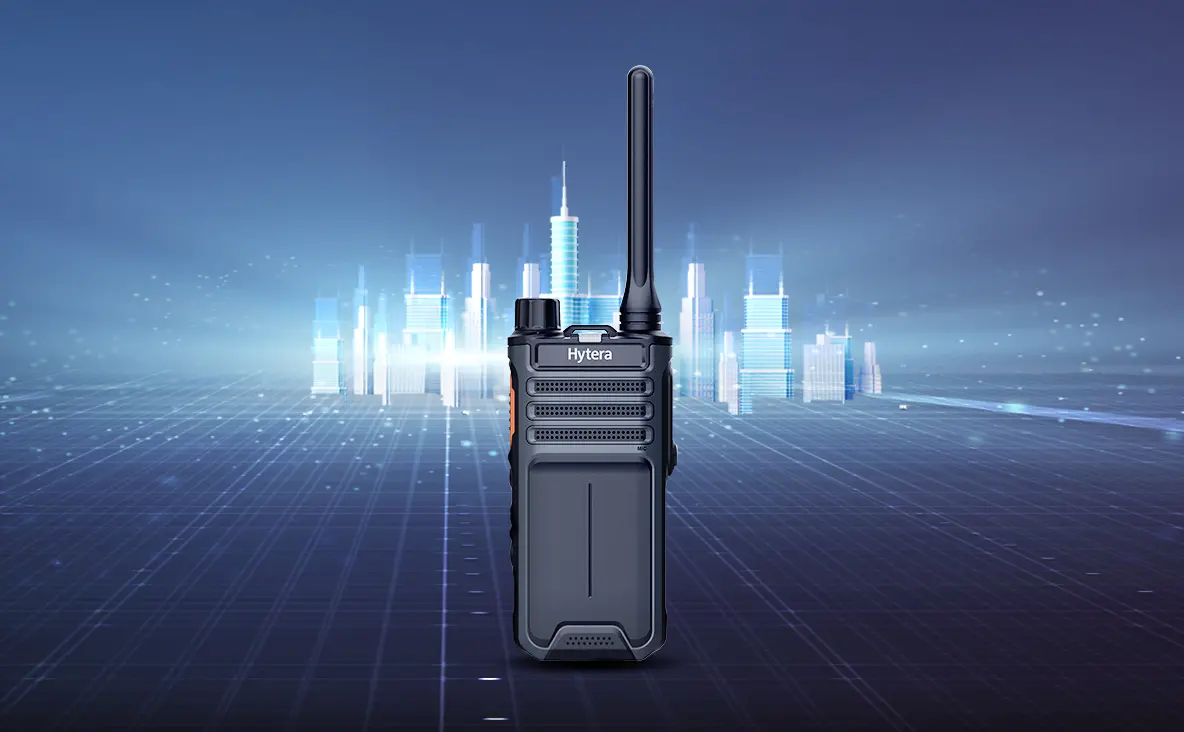
BP51X Business DMR Portable Two-way Radio
BP51X Business DMR Portable Two-way Radio
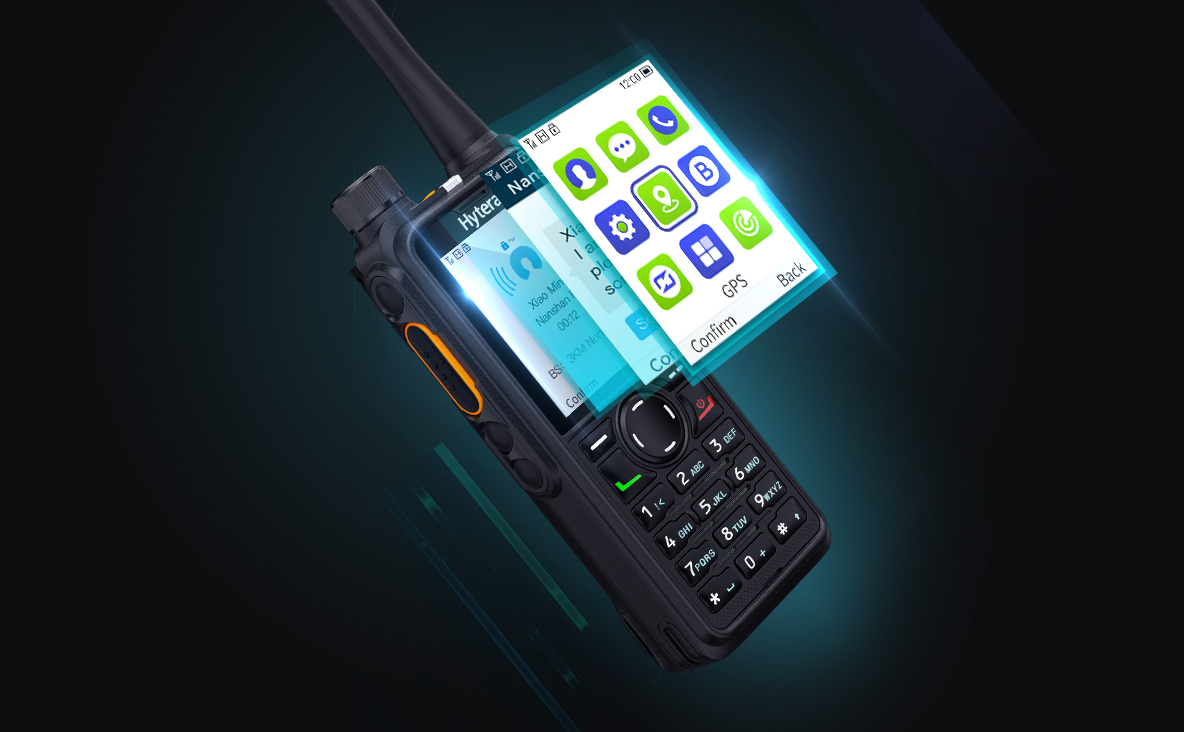
HP78X Professional DMR Portable Two-Way Radio
HP78X Professional DMR Portable Two-Way Radio
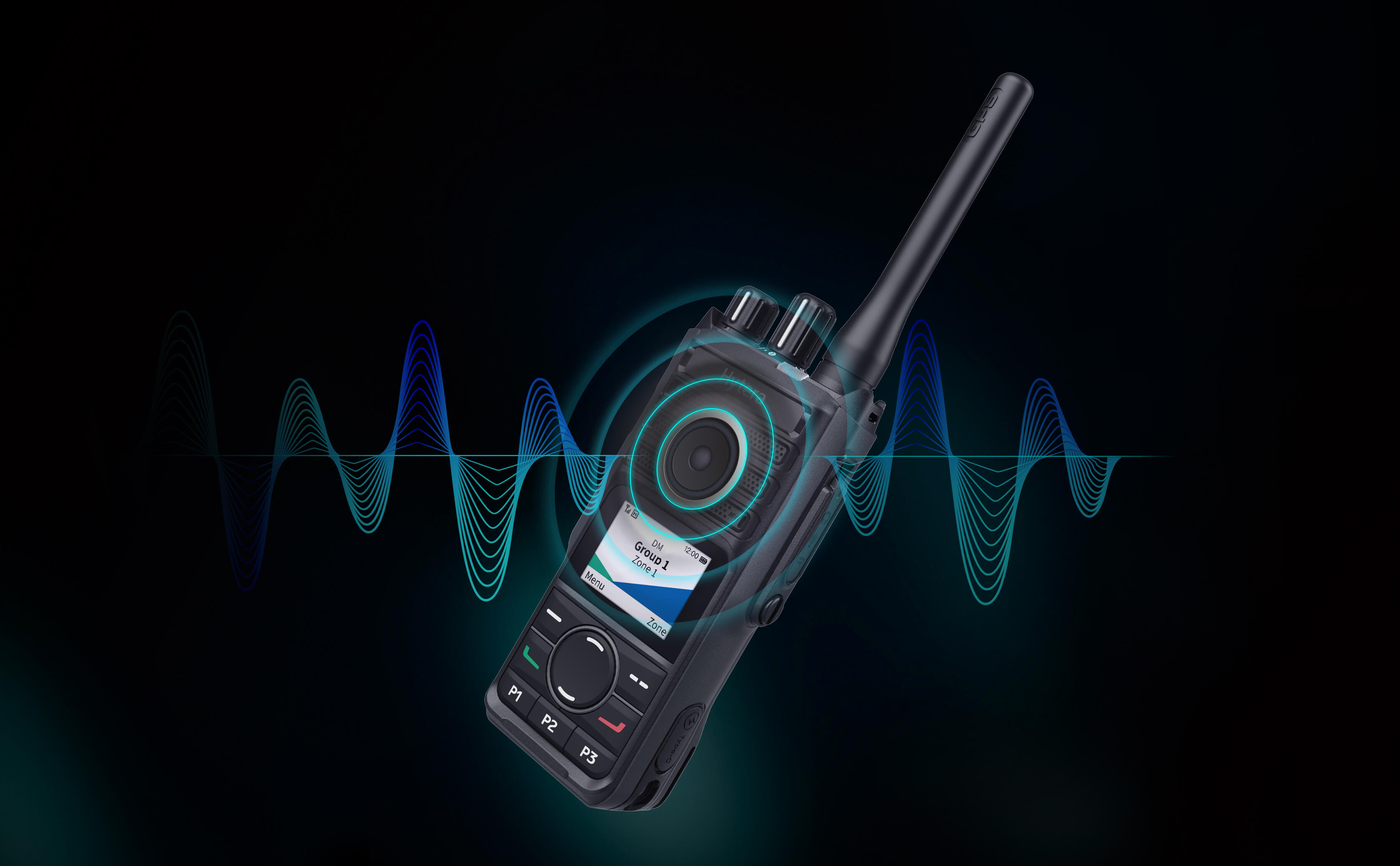
HP56X Professional DMR Portable Two-Way Radio
HP56X Professional DMR Portable Two-Way Radio
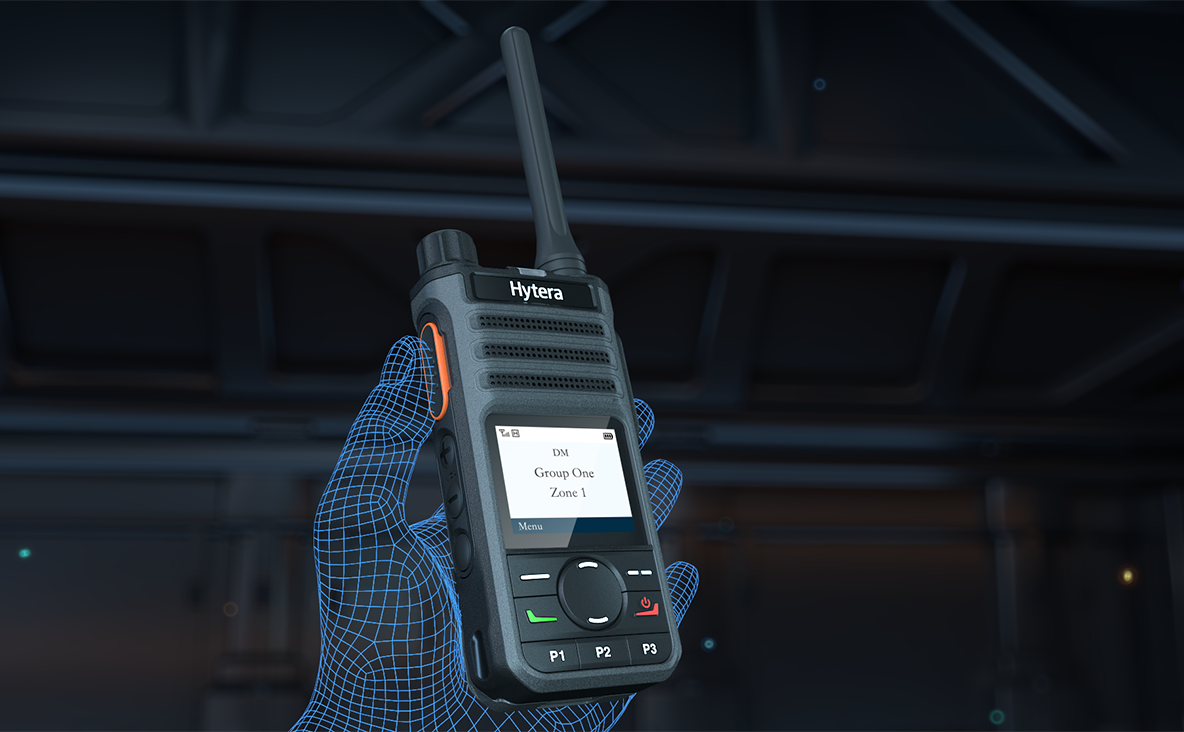
BP56X Business DMR Portable Two-way Radio
BP56X Business DMR Portable Two-way Radio
